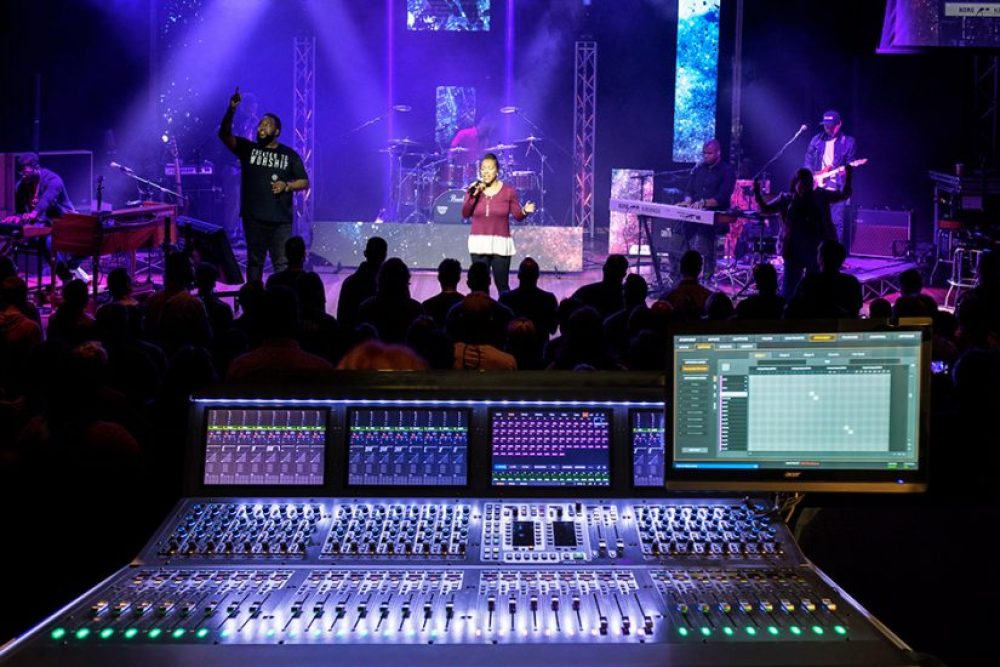EVENT BROADCASTING
- HOME -> EVENT BROADCASTING
EVENT BROADCASTING
Event broadcasting refers to the live transmission or distribution of an event to a remote audience through various media channels. It involves capturing the event in real-time and delivering the content to viewers who are unable to attend the event physically. Event broadcasting allows people to experience and engage with the event from different locations, expanding its reach and accessibility.
Event broadcasting can encompass a wide range of events, including sports competitions, music concerts, conferences, corporate meetings, religious gatherings, political rallies, and cultural performances. It provides an opportunity for organizers to extend the impact and visibility of their events beyond the physical venue, reaching a global or geographically dispersed audience.

The process of event broadcasting typically involves the following components:
Capture and Production: High-quality audiovisual equipment, such as cameras, microphones, and mixing consoles, is used to capture and record the event in real-time. Skilled production teams manage the technical aspects of capturing the event, including camera angles, audio mixing, and graphics integration.
Transmission and Distribution: The live feed of the event is transmitted to viewers through various distribution channels. This can include television networks, cable/satellite providers, streaming platforms, social media platforms, or dedicated event websites. The transmission can be done via broadcast signals, satellite, cable, internet streaming, or a combination of these methods.
Encoding and Compression: The captured video and audio signals are encoded and compressed to optimize bandwidth and ensure smooth delivery over different networks. Compression techniques, such as H.264 or HEVC (High-Efficiency Video Coding), are commonly used to reduce file sizes while maintaining reasonable video quality.
Streaming and Online Platforms: With the rise of internet-based broadcasting, streaming platforms and online services play a crucial role in event broadcasting. Platforms like YouTube, Facebook Live, Twitch, and dedicated streaming services enable real-time streaming of events to a global audience on computers, smartphones, and other connected devices.
Interaction and Engagement: Event broadcasting often includes interactive features to engage the remote audience. This can involve real-time comments, live chat, polls, or social media integration, allowing viewers to participate, ask questions, and share their experiences during the event.
Monetization and Analytics: Event broadcasting can be monetized through advertising, sponsorships, pay-per-view models, or subscription-based access. Analytics tools are used to gather data on viewership, engagement, and user behavior, providing insights for future events and marketing strategies.
Event broadcasting offers several benefits, including:
Accessibility: It allows people from different locations and time zones to experience the event, removing barriers of physical distance or travel constraints.
Audience Reach: Event broadcasting expands the potential audience size and reach beyond the capacity of the physical venue, increasing exposure and potential impact.
Engagement and Interactivity: Viewers can engage with the event through interactive features, fostering a sense of participation and connection.
Archival and On-Demand Access: Event broadcasts can be recorded and made available for on-demand viewing, providing ongoing access to the content even after the live event has ended.
Event broadcasting has become increasingly prevalent with advancements in technology and the widespread availability of high-speed internet connections. It has revolutionized the way events are experienced, enabling remote participation and enhancing the overall audience engagement.
